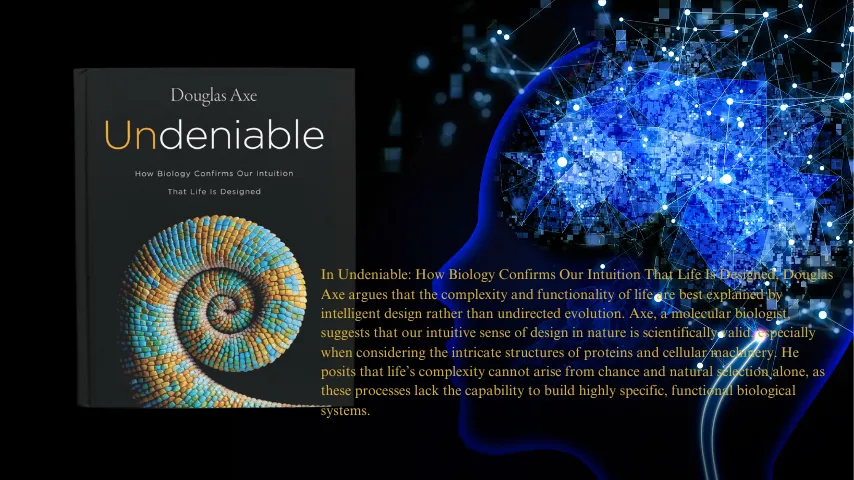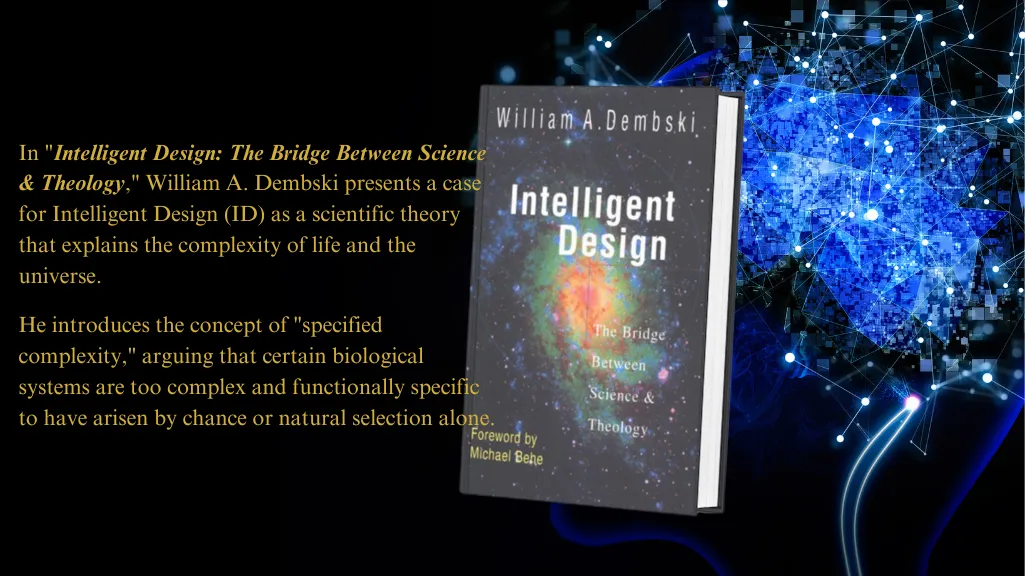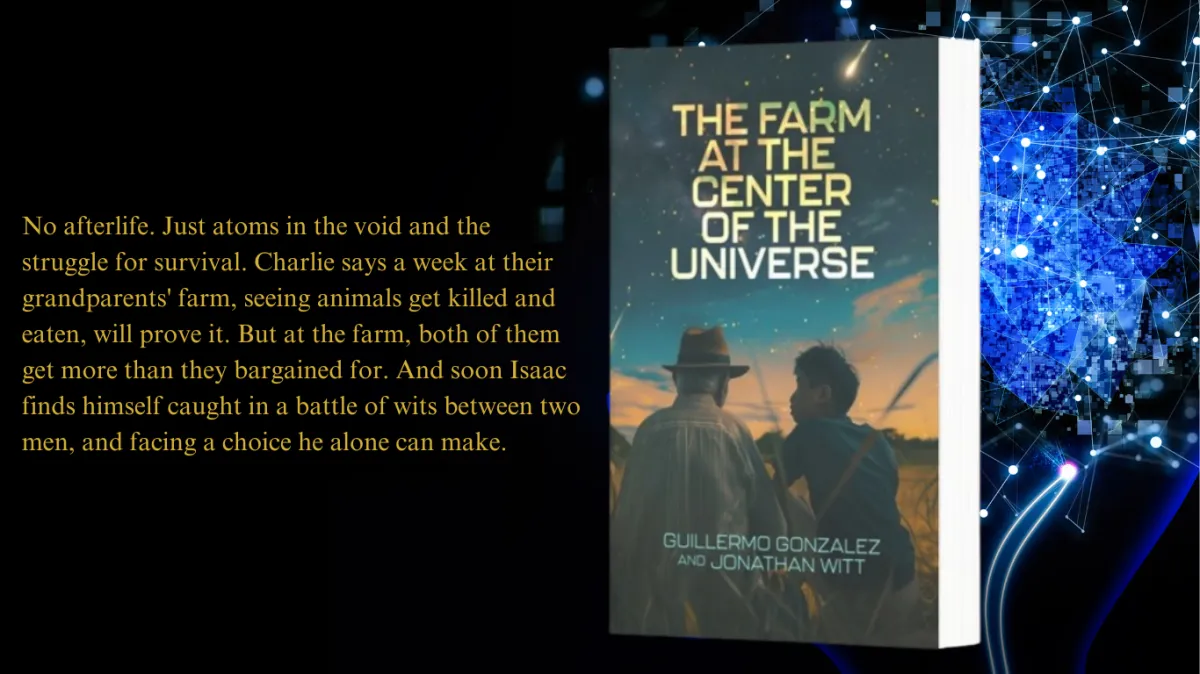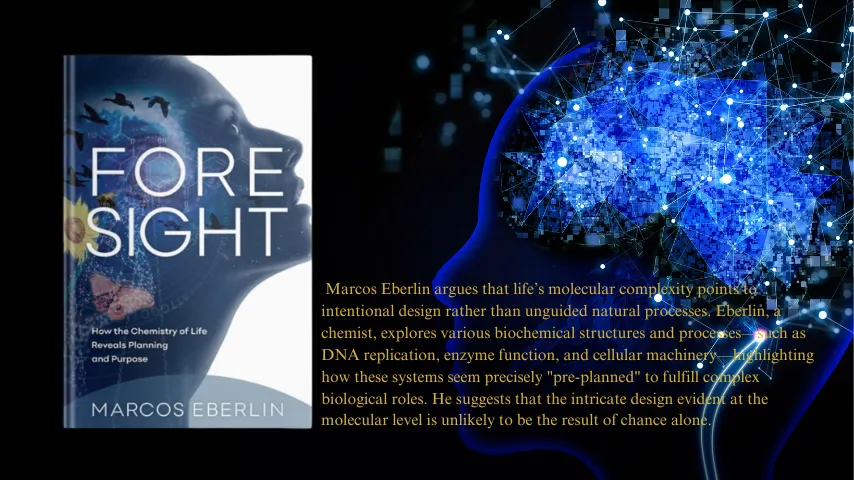Exploring the Evidence for Intelligent Design
Advancing a worldview where human beings and nature reflect purposeful creation.
Intelligent Design (ID) refers to the idea that certain aspects or features of the natural world are best explained by the intentional action of an intelligent designer, rather than by blind processes or random chance.
The concept gained significant attention in the 1990s, particularly in the United States, as a challenge to the theory of evolution. Proponents argue that certain biological structures and systems exhibit complexity and functionality that cannot be fully explained by natural selection.

Key Arguments for Intelligent Design
Intelligent Design is based on key concepts that highlight the complexity of biological and cosmic structures. These ideas serve as a framework for exploring the intentional nature of the universe.
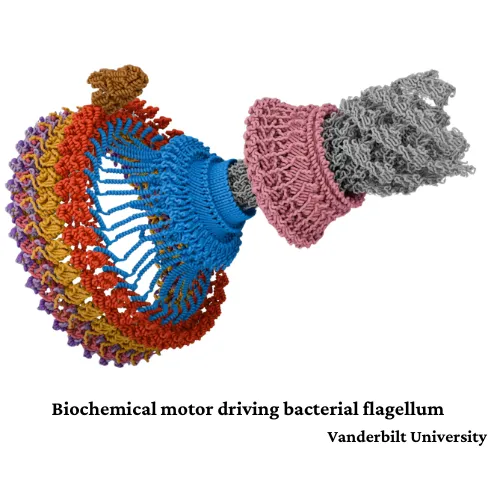
Irreducible Complexity
Structures requiring multiple interdependent components to function.
Specified Information
Complex patterns or specified information indicates Intelligent Design.
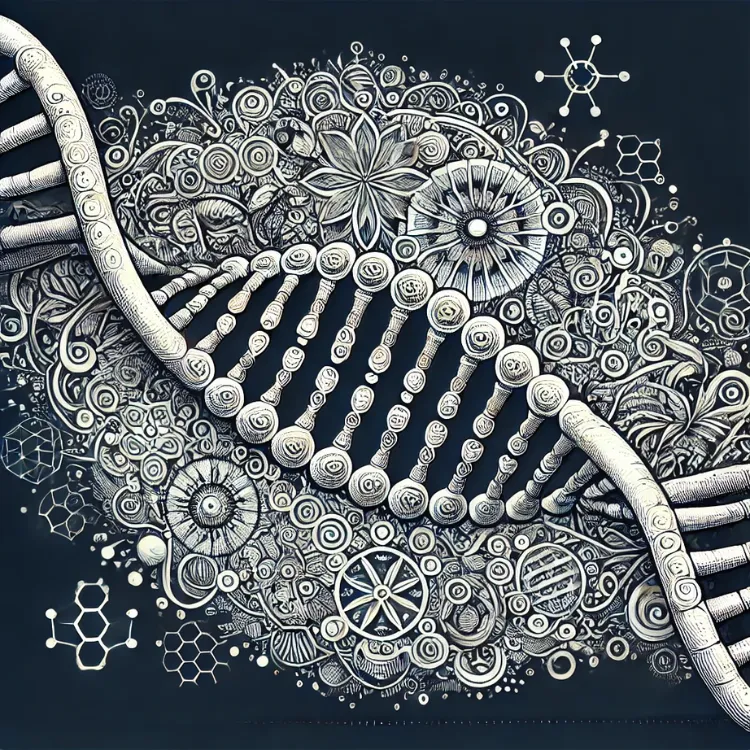
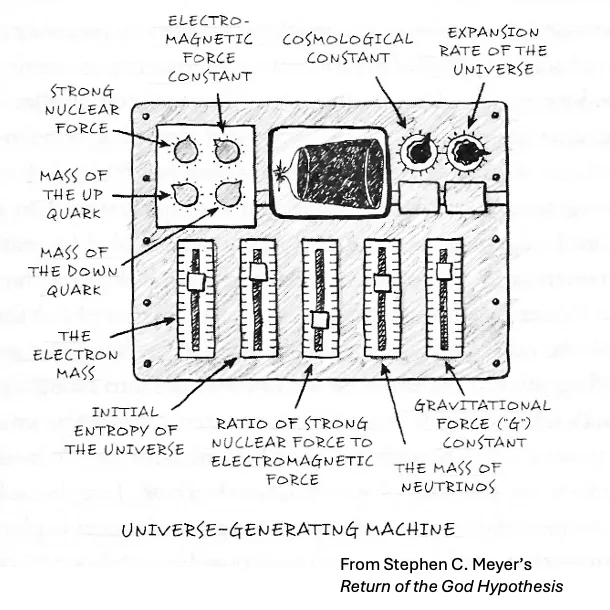
Fine-tuning
The physics of the Universe are exquisitely fine-tuned for life.
Critics argue that intelligent design:
1. Is not scientific but rather religious “creationism.” This is false.
Intelligent Design relies only upon scientific evidence to support it’s claims. Creationism relies upon religious scripture or doctrinal beliefs.
2. Lacks empirical evidence. This is false.
Intelligent Design offers empirical evidence to support its conclusions (https://www.discovery.org/id/peer-review/), but methodological naturalism—the systematic rejection of any evidence not invoking a random, unguided, “natural” process—results in intimidation and similar efforts to suppress potential evidence from acceptance and publication. (https://en.wikipedia.org/wiki/Sternberg_peer_review_controversy#:~:text=On%204%20August%202004%2C%20an,the%20Biological%20Society%20of%20Washington)
3. Fails to provide testable predictions. This is false.
Intelligent Design predicts that the same types of complex, functional, and coded information that are generated by intelligent agents today will be found in nature. Scientists conduct experimental tests upon natural objects to determine if they contain such complex and specified information.
4. Violates scientific method. This is false.
Intelligent Design uses the scientific method, a four-step process involving: 1) observations, 2) hypotheses, 3) experiments, and 4) conclusions. ID begins with the observation that intelligent agents produce complex and specified information (CSI). Design theorists hypothesize that if a natural object was designed, it will contain high levels of CSI. Based on experimental observations, an intelligent design conclusion is reached by inference to the best causal explanation.
We promote the view that humanity and nature are products of intelligent design, not blind processes. Our goal is to advance scientific research, education, and cultural change that upholds human purpose, meaning, and free will.
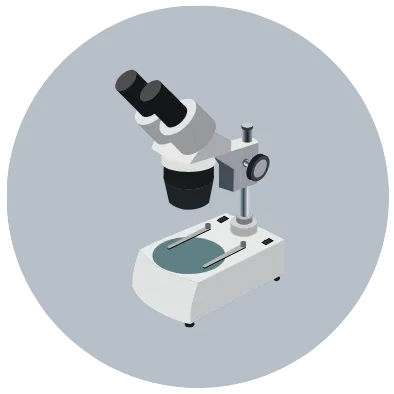
Scientific Research
Supporting groundbreaking research in Intelligent Design to uncover the purposeful complexity of the universe.

Education & Training
Nurturing young leaders with knowledge in science, technology fostering the next generation of thinkers.

Free Speech Advocacy
Defending the rights of scientists, teachers, and students to explore alternative scientific views without fear

Cultural Change
Promoting public understanding of the vital connection between human dignity and intelligent design.
OUR BOOK CLUB RECOMMENDATIONS
EVENTS
JOIN THE MOVEMENT
Whether you're a researcher, educator, or simply someone interested in the debate around intelligent design, there are many ways to get involved.

